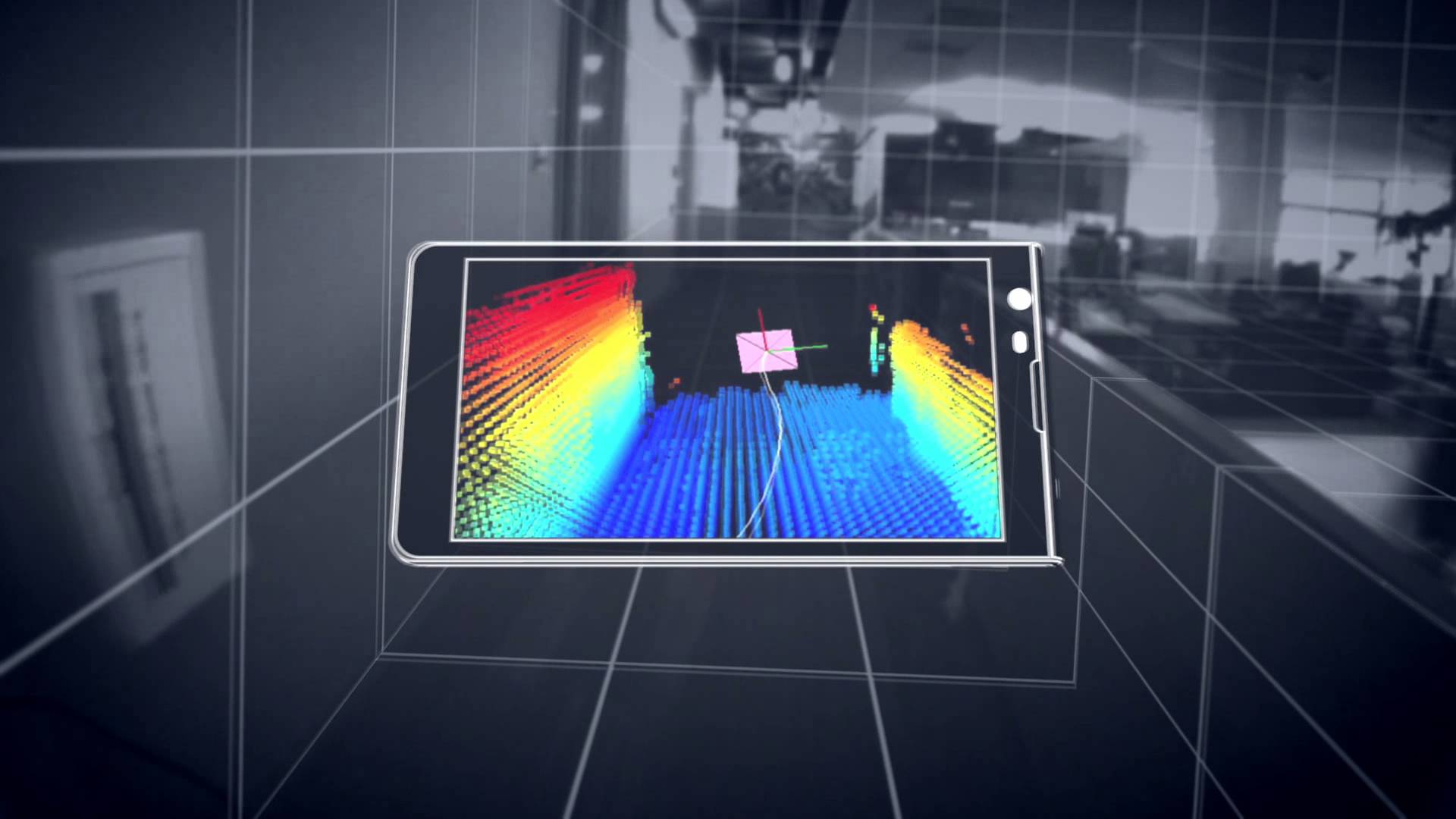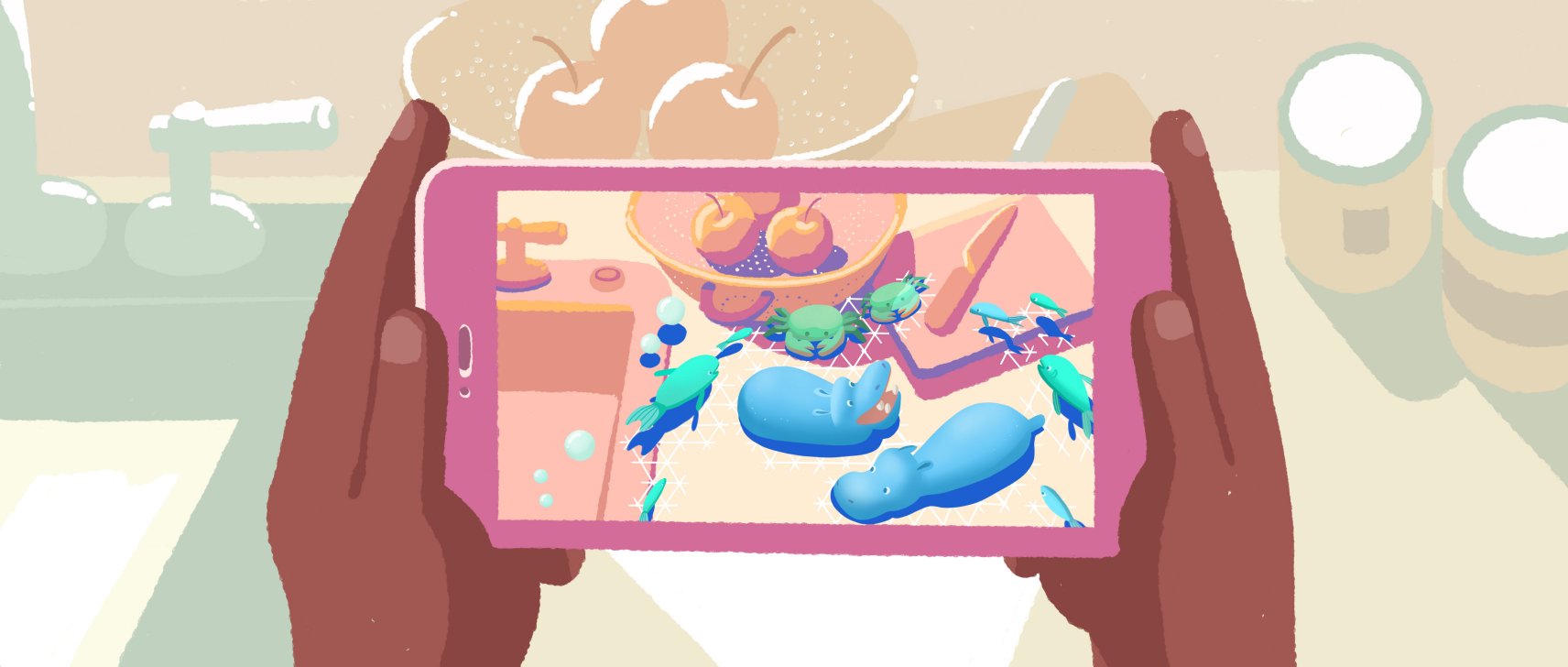Map Showing Christmas Traditions Around the World
There are indeed funny and unusual ways to celebrate Christmas holidays around the world. In that spirit, we prepared a funny GIS Cloud Christmas Map! The idea was to map funny and unusual Christmas traditions around the world. Besides that, you can search for the best Christmas cookie recipes while you’re listening to Christmas carols from around the world! If that’s not enough, we want to help you plan your holiday weekend getaway as we mapped the best Christmas Markets in 2017, selected by CNN Travel Portal.
Want to make your own funny Christmas map? Follow the 5 simple steps on how to create a map to cheer up your family, friends, colleagues and loved ones.
1. Try out GIS Cloud for free.
GIS Cloud Map Editor application is the perfect app to make memorable maps. You can start using it in a matter of seconds, without going through a long sign-up process.
2. Think about the map.
Think about the great moments and memories you had with your loved ones. Think about everything you achieved this year. Think about all obstacles you jumped over this year. Did you ever think that a memory map would be a great Christmas gift?
3. Mapping time!
Draw points, lines or polygons. Map restaurants, secret places, and hidden gardens. Let your imagination go wild.
4. Create your own vector basemap.
You can add a simple Satellite imagery as a basemap or you can play around and create beautiful and colorful vector maps. Thanks to the open data portals such as Natural Earth, you can download a world range datasets as well as regional ones to serve as a basemap for your map.
5. Visualisation game!
You can pick and combine your special icon dataset from the variety of predefined icons we offer on our platform or you can download free datasets. If you feel brave enough, you can even create your own custom icons and upload them to the map!
Do you like our Christmas map? Share with us your own idea of a Christmas map!
Try out GIS Cloud for free.









